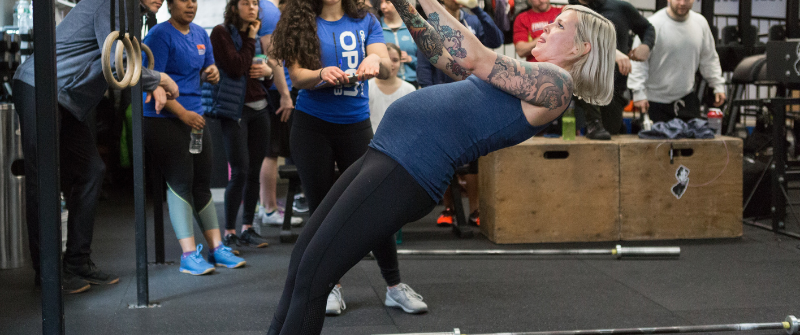One of the biggest and not so easily avoidable challenges of being a successful CrossFit personal trainer involves liabilities. No matter how you structure your services or workout sessions with clients, there is always the risk of accidents, negligence claims, etc., occurring that can tarnish your reputation and make it harder for professionals to achieve their fitness business goals.
Below are some proven strategies that fitness professionals can use to safeguard their CrossFit personal trainer careers against possible litigation.
1. Invest in Professional Liability Insurance
Professionalism is key! CrossFit personal trainers must provide proper instruction on various workout techniques and equipment use. Those who fail to do so, whether due to accident or oversight, are financially responsible for the consequences. If you want clients to take you seriously and feel confident in your expertise and training, it is crucial to have professional liability coverage. Trainers need protection against the following types of “what ifs” that can happen on their watch.
- Trainer-client accidents resulting in injury
- Client injuries that occur from trainer-recommended workouts
- Client complaints about training services
- Post-exercise or -training injuries
2. Don’t Forget General Liability Insurance
Where you deliver personal trainer services is important. Whether you coach or train clients from the comfort of a personal garage or in a more formal setting like a gym or outdoor arena, slips, falls, and other incidents are likely to occur that may cause damage to your training equipment or facility.
It’s not easy to predict or prevent accidents that arise due to facility or premises issues. Fortunately, general liability insurance offers CrossFit personal trainers to avoid the financial pitfalls associated with premises and equipment issues. General liability offers protection for 3rd party bodily injuries like slips or falls, whereas professional liability offers financial protection for concerns related to your training services.
3. Level Up on Professional Certifications and Credentials
Credentials are an industry standard. Professionals must have the appropriate certifications to become CrossFit personal trainers. Level 1 certification is required of anyone just starting in the industry. But that doesn’t mean you should stop there.
If you want to gain clients, have them take you seriously, and respect you as an industry professional, you’ll want to obtain the highest CrossFit credentials possible. Even after you max out all four certification levels, there are many opportunities in the CrossFit community for ongoing professional development.
4. Have Clients Sign Waivers
Long gone are the days where a person’s word is their bond, and you could take what’s said at face value. As a professional CrossFit personal trainer, one of the most important things you can do to limit liabilities and other issues is to require clients to sign waivers of informed consent before you offer services.
Put together a liability waiver that clearly outlines all trainer and client responsibilities, expectations, risks, and how they may apply to their health and fitness needs and goals. Make sure to require high-risk clients to provide additional information on health concerns that may become potential liabilities to cover your bases.
5. Get Clients’ Medical History
Ask clients to be forthcoming about their health and medical needs upfront before training starts. They should also inform you of issues that may arise during their training sessions. Keep documentation on all medical information provided by clients and review them frequently to avoid possible issues in the future.
6. Learn Member Fitness Needs and Goals
Find out what clients’ fitness goals and challenges are. Once identified, create a plan that clearly outlines your professional recommendations and a timeline of milestones to keep them on track. Though there may be times when you or your clients feel like upping the ante and pushing harder to more advanced goals, try to stick to the plan. However, if you incorporate a bit of flexibility in their training sessions and workouts, it’ll be easier for you to help them meet and exceed their CrossFit training goals with minimal mishaps along the way.

7. Record Training Sessions
When it comes to alleged and proven negligence claims and liabilities, the burden of proof often falls to trainers and fitness professionals. Many CrossFit personal trainers have had their careers waylaid by alleged incidents or events that were intentionally and unintentionally misrepresented by injured or unsatisfied clients.
Play it safe with your CrossFit personal trainer career by informing clients that all training sessions will be filmed for compliance purposes. Make sure you have them sign consent and provide them with copies upon request. That way, if unfounded allegations arise, you have video evidence to help protect your CrossFit personal trainer career against possible litigation.
Bonus: Take Notes
In addition to filming training sessions, take notes on each client. It’s beneficial to create a client profile so you can accurately track their progress, limitations, and areas that need improvement.
For more information on CrossFit personal trainer career insurance, contact CrossFit RRG today!


